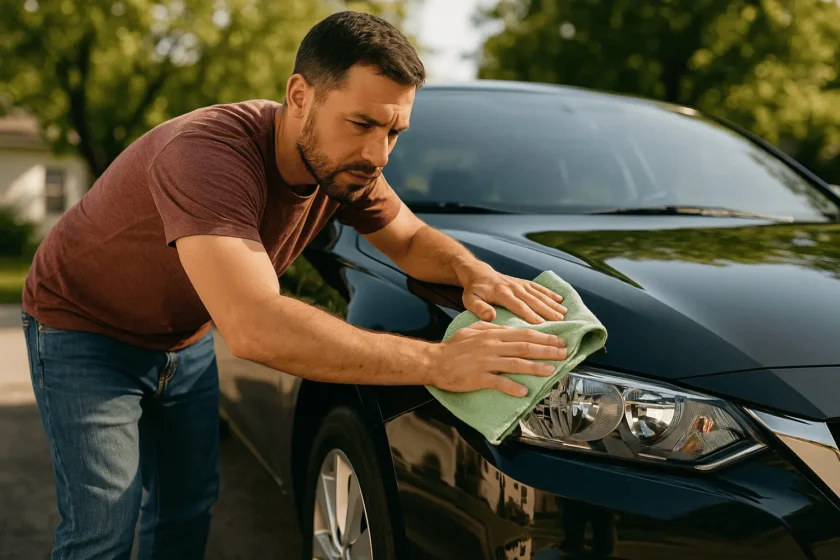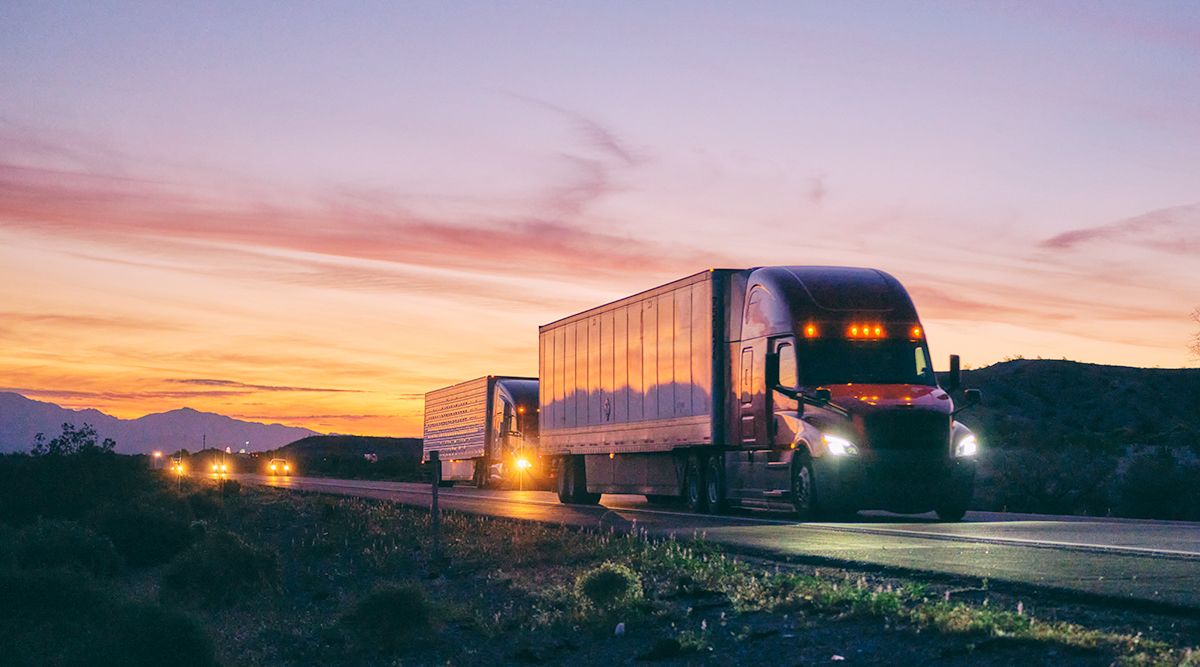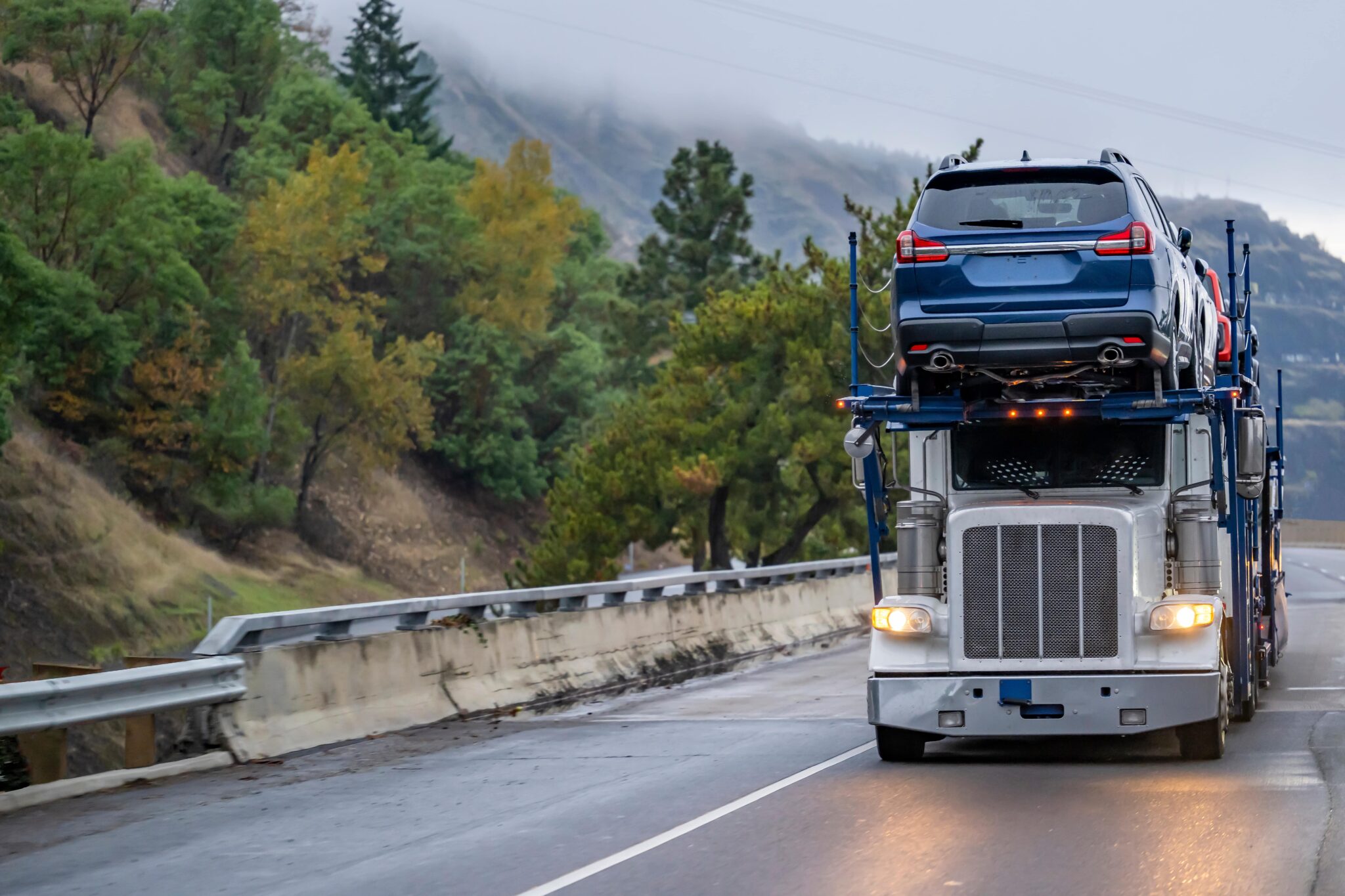Whether you are moving, buying car from another state, or sending a car to loved ones, shipping your car is always something to look forward to. Simple measures like checking the brakes and battery, removing personal belongings, cleaning the car for inspection, and securing loose accessories can save you time, money, and stress.
All this may require some extra effort, but it is worth the job accomplished by securing the vehicle, preventing unnecessary charges, and for smoother processing for you and the transporter.
Key Takeaways
- Preparation minimizes risks and costs. Checking brakes, tires, fluids, and battery condition before pickup helps prevent loading delays, safety issues, and potential extra charges during shipment.
- Clean and document your vehicle. Washing your car and photographing its current condition ensures an accurate inspection record for insurance and claim purposes.
- Remove personal items and loose accessories. Transport insurance does not cover personal belongings or unfastened add-ons, so removing them prevents damage and liability issues.
- Maintain low fuel and correct tire pressure. Keeping fuel at about a quarter tank and properly inflating tires improves safety and helps the carrier meet federal efficiency and weight regulations.
- Proper preparation supports insurance compliance. The Federal Motor Carrier Safety Administration (FMCSA) requires transporters to hold insurance coverage, but owners should document the car’s condition to strengthen any potential claim.
This guide will take you through the 11 steps of preparing a car for transport, and how that might tie in with your insurance coverage.
1. Check Vehicle Condition
Before you load the car onto the transporter, it is important to check its condition. Before your car is loaded onto the carrier, make sure it is in safe working order. A quick functional check prevents issues during loading, unloading, and transport. Pay attention to the following:
- Brakes – confirm they are responsive and working properly.
- Ground clearance – ensure the car can drive onto the trailer without scraping.
- Lights and signals – headlights, brake lights, and turn indicators should function correctly.
- Battery – verify it is charged and securely mounted.
Most of the time, carriers may fill in the condition report; however, it is advisable to have your own notes to make sure you are covered.
2. Remove Personal Belongings
Leaving your personal belongings inside the car may feel convenient, but it presents certain risks. The loose objects could damage the interior, and transport insurance will not cover such damage.
Carriers are only responsible for the vehicle, so they are not liable for the interior items. Remove items such as mobile chargers, GPS devices, sunglasses, spare change, or anything that can roll around or attract attention.
3. Take a Photo of Existing Damages
Before the transport process, take plenty of clear, time-stamped photos from all angles of your car: general shots of the vehicle and close-ups of any dents, scratches, or paint imperfections. A video of a walk-around would equally be good.
This documentation safeguards you if the car happens to suffer damage during transit. While most of the shipments usually go well, accidents are bound to happen, and the pictures you have will go a long way in making an insurance claim.
4. Clean Your Car Inside and Out
The cleaner the car, the easier it will be for inspection. When any dirt or dust prevents them from being seen, the scratches or dings appear to be hidden. Since transport drivers conduct precise inspections, the washing of cars before pickup will help ensure the process gets sped up and no detail is glossed over.
There are even ports and carriers who insist on cleaning a vehicle before accepting it. Maintaining your vehicle sufficiently clean will save you from getting held up.
5. Secure or Remove Loose Accessories
Accessories like bike racks, luggage racks, or custom spoilers and antennas should be removed or very well fastened. They are likely to break during transport or damage other vehicles on the carrier. In case your mirrors fold in, tuck them in safely before pickup.
This way, you protect your accessories as well as avoid any unexpected repair bills upon delivery.
6. Check for Fluid Leaks
Check your car for any oil, transmission fluid, or coolant leakage; even small leaks can pose a problem. If your car rides in the top row of the transport truck, any drips from the fluids can fall onto the cars below. In the case of a severe leak, the driver may refuse to take over your car till the matter is fixed.
For any such minor leak that cannot be repaired before shipping, make sure you notify the carrier; this way, your vehicle can be secured in the bottom row of the trailer. After all, transparency avoids surprises and guarantees safer loading.
7. Maintain a Low Fuel Level
Your car only needs to be fueled sufficiently to drive on and off the trailer. Aim for about a quarter of a tank or less. This keeps your car light enough and also reduces transportation safety hazards.
8. Check Tire Pressure
Check tire pressure maintenance per several recommendations from your car manufacturer. When underpressure or overpressure, the tire might cause some untoward situation in loading and unloading. Also, maintaining tire pressure gives about 0.6% on average of gas mileage, and at times, up to 3%, apart from which it lowers safety hazards during transport.
9. Disable Alarms and Toll Tags
Leaving the car alarm on can cause havoc for drivers during transport. So deactivate it or show the driver how to turn it off.
If your vehicle is loaded onto a trailer, this will confer gratuitous charges on your presentation because toll readers can pick up unload signals. Thus, remove toll tags.
10. Gather All Necessary Documents
Normally, transport companies require car documents such as registration papers, title, leasing documents, and vehicle insurance. Some companies may also require a government-issued photo identification card. Having the documents ready will speed up the process.
11. Confirm Pickup and Delivery Details
Make sure to double-check your pickup, drop-off addresses, contact info, and dates. Shipping a vehicle means flexibility has to be exercised, as unit movement very much depends on traffic, distance, and weather conditions.
Ideally, you should be able to offer the driver/carrier several options for contacting you in the event that any alterations take place during transport, so that good communication can guarantee prompt delivery of the car.
One good way to get an idea of timing and price: use the free auto transport quote calculator. It will take below 60 seconds and helps in putting in place realistic expectations.
Why Preparing Your Car for Transport Matters
Your car is a prized possession. Within a year, millions of vehicles get shipped across various parts of the country. With so much traffic on the roads, a well-prepared vehicle demands the necessary attention.
Getting your car lined up for shipment is worthwhile in several ways:
- Minimizing the possibility of damage,
- Speeding up the inspection and loading process,
- Meeting carrier requirements and government regulations, and
- Giving you peace of mind during transport.
Some work before pick-up can spare you time, money, and stress down the road.
How Preparation Affects Insurance Coverage
Insurance always comes up in the process of car shipping. A federal act requires carriers to carry cargo insurance, but it covers only damages that happen during transit and not your personal items or pre-existing problems.
By recording the car’s condition, taking out belongings, and fixing leaks, you limit yourself to the most claims. For a rundown of what the coverage options entail, check out this guide for auto shipping insurance.
Alternatively, it is wise to maintain your own auto policy because, in some cases, such as damages from natural disasters, might not be insured by the carrier.
A preparatory phase for vehicle shipment is more than just a checklist of tasks; it is about taking care of your investment and having peace of mind. Clean your car, secure loose accessories, disable alarms, and keep all paperwork ready. Time is valuable to be spent on every precaution.
Proper preparation will let you feel more confident about giving your keys away and more relaxed when your vehicle finally gets there. When planned well with a trusted company, transporting your vehicle can become smooth, safe, and stress-free.
Sources
- Federal Motor Carrier Safety Administration, “Insurance Filing Requirements Chart”, Accessed November 4, 2025.
- U.S. Department of Energy – Alternative Fuels Data Center, “Driving Behavior and Vehicle Efficiency”, Accessed November 4, 2025.






